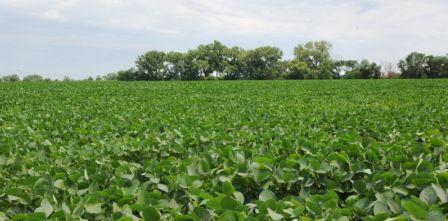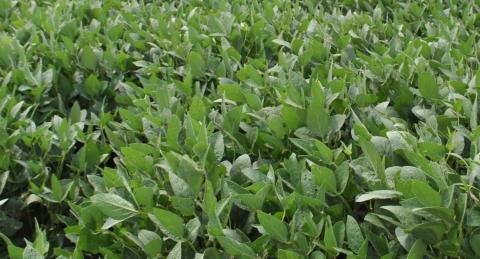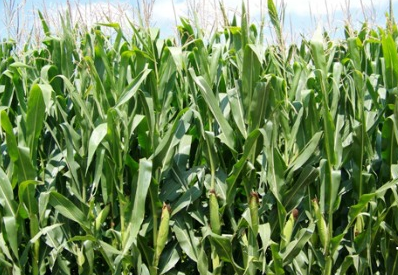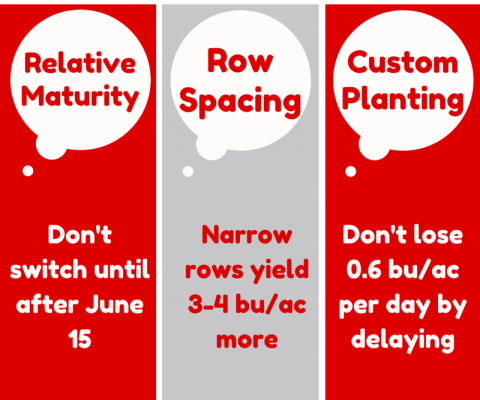Planting Soybean after Soybean (Part 1): Planting Considerations
April 13, 2017
Farmers are increasing their soybean plantings for 2017, which likely means some are shifting to soybeans-after-soybeans. This article looks at what you should be considering at planting time as you consider changing your cropping sequence.
Making Data-Driven Decisions on Soybean Inoculation
April 6, 2017
Farmers, agronomists, and researchers provide three steps to deciding whether to inoculate soybeans this spring.
10 Years of Research Shows Benefit of Reducing Soybean Seeding Rates
March 30, 2017
A review of 10 years of soybean research shows that reducing your seeding rate from 150,000 to 120,000 seeds/acre can result in a $10.69/acre savings without affecting yield (assuming a $60/unit seed cost at 140,000 seeds/unit).
Help Us Identify Yield-Limiting Factors in Nebraska Soybean Fields
October 5, 2016
Nebraska soybean producers are being asked to answer a survey about their soybean fields and contribute to a benchmark study of current soybean production in Nebraska. Researchers from 10 north central states, including Nebraska, are collecting the data to identify factors that may be impeding growers from reaching full yield. See what they've learned in the first two years of the study and how they hope to use the information.
Your Help Needed to Identify Palmer Amaranth Distribution in Nebraska
September 2, 2016
Nebraska Extension is requesting help in identifying the distribution of Palmer amaranth in Nebraska by taking this short survey.
2016 Crop Tour Preview: Will Nebraska fall short of 2015 record yields?
August 18, 2016
An overview of Nebraska soybean and corn crops as of mid-August 2016.
Decision Making for Soybean Defoliating Insects
July 15, 2016
July is when growers start to see a variety of defoliators in Nebraska soybean fields. It's easy to overestimate the amount of defoliation and soybean plants can compensate for some leaf area loss. This article describes how to assess defoliation and provides basic treatment thresholds.
Adjusting for Delayed Soybean Planting
May 27, 2016
As wet conditions further delay soybean planting in some areas, learn what practices may need to be adjusted and which don't to achieve a successful soybean stand.
 Area: Saline, Jefferson and Gage Counties
Area: Saline, Jefferson and Gage Counties







